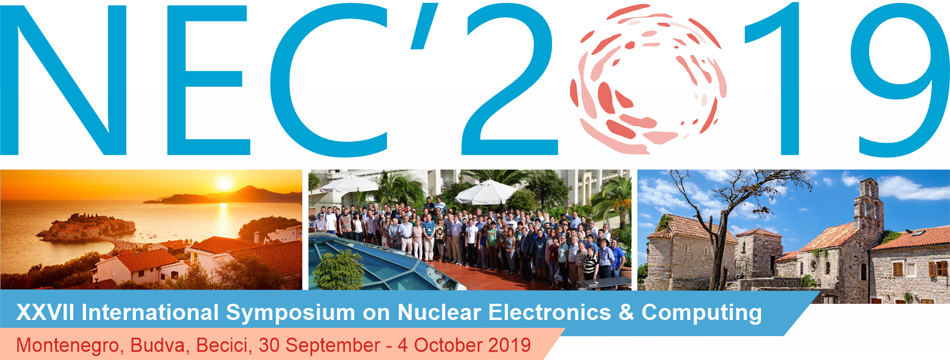Speaker
Isabelle De Bruyn
(University of Wisconsin - Madison)
Description
Cathode strip chambers (CSCs) are used to detect muons in the endcap region of the CMS detector. The High Luminosity LHC will present particular challenges to the electronics that read out the CSCs: the demands of increased particle flux, longer trigger latency, and increased trigger rate require upgraded electronics boards in the forward region. In particular, both the anode and cathode readout electronics will include full digitization at the beam crossing rate and data pipelining in deep digital FIFOs that provide nearly deadtimeless operation and the capability to accommodate long latency requirements without loss of data. High speed optical links will be used to increase the bandwidth for data between the on-chamber electronics and the back end. Motivated by experience with the present electronics and the expectations for high radiation conditions during operation of the HL-LHC, some novel features are incorporated into this second-generation electronics design to provide increased robustness. Radiation tolerant optical transceivers are used in all on-chamber applications. Due to low reliability of EPROMs after radiation doses in the range of 10 kRad, an alternate capability for programming the FPGAs is included via an asynchronous optical link that can complete the programming with comparable or better speed than the EPROM. We present the novel features of these electronics along with results from test stands and initial commissioning in CMS with cosmic rays.
Primary author
Isabelle De Bruyn
(University of Wisconsin - Madison)

